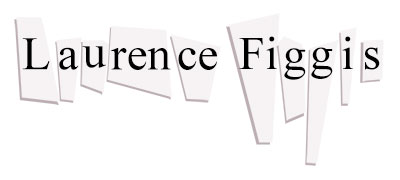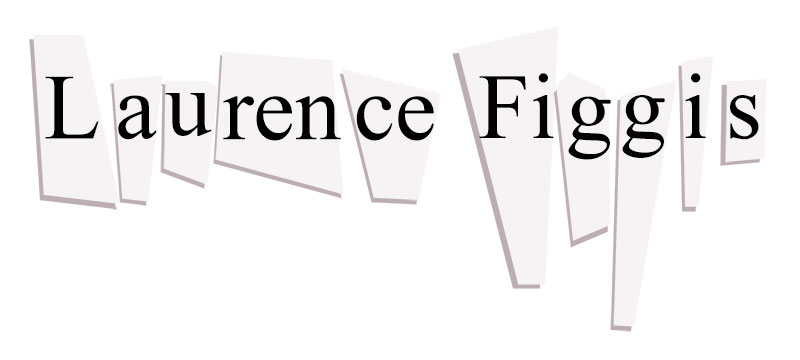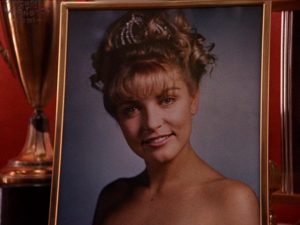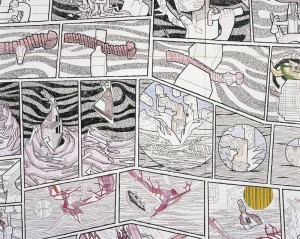Jan 07
2020Alfred Hitchcock, Art History, CASTRO Projects, Contemporary Visual Art, Jessie Whitely, Narrative Painting, Writing as Creative Practice
Jessie Whitely in Conversation with Laurence Figgis
CASTRO introduces Artist Talks: a nine-event series which offers the chance to hear from young artists through learning and discussing about their practice. The Talks aim to connect the practice of the artists currently on the Studio Program, external professionals and the public.
In conversation with a professional of their choice, each participating artist will discuss themes in their work as well as current issues in contemporary art. As all events in the CASTRO Public Program, the talk will open up to a round table discussion with the public.
Jessie Whiteley is a Glasgow based artist. Her current work is primarily painting, drawing and comics, as well as collaborative projects. Read more →



